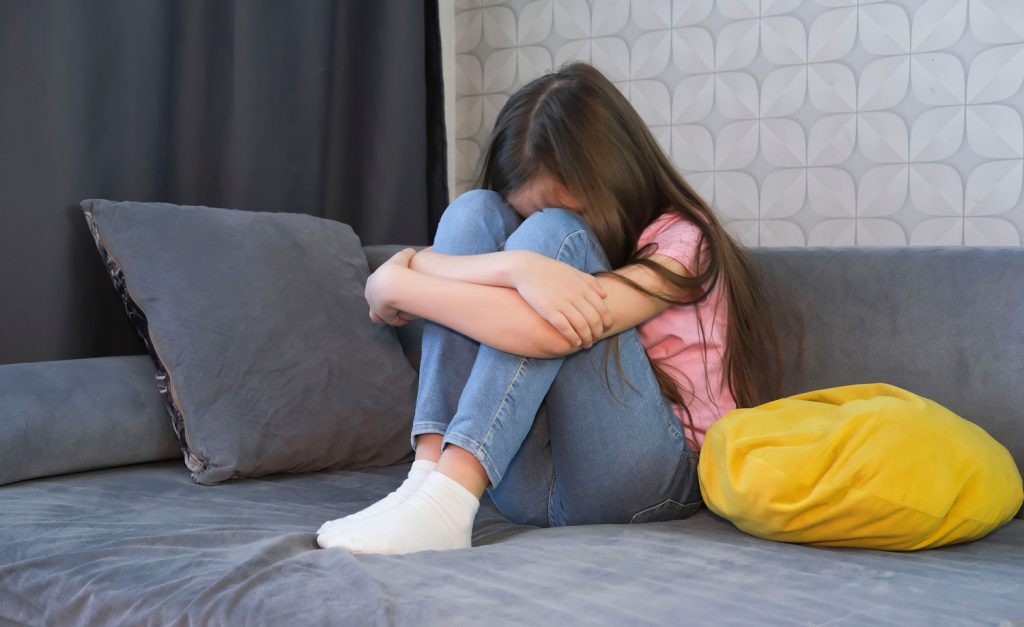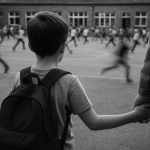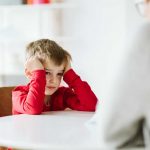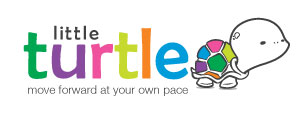Don’t miss my latest news
Register for my newsletter here >
Heading Back to School
Heading back to school: when the return isn’t so easy
We may look different, come from different backgrounds, have various differing values and points of view etc. so is it really that hard to fathom that we all learn differently too?
Some kids who go to school thrive, there is a bigger proportion of kids that just ‘get on with it’ and then there are the ‘square pegs trying to fit into round holes’. For these children, school can cause anything from feeling inadequate and ‘left behind’ to actual life-long trauma. So what can we do to help these ‘square pegs’ of ours?
A few steps are listed below but initially, speaking to your child’s teacher and the school SENCO is key. Support can (and should) be put into place first to see if progress can be made, and only after this intervention can the school assess whether more is needed in the form of an EHC Plan.
What Is EBSA? A Name That Matters
EBSA stands for Emotionally Based School Avoidance (sometimes seen as ABSA—Anxiety Based School Avoidance, or EBSNA). This term is replacing older labels like “school refusal” and is being adopted more widely in schools, therapeutic settings, and parenting.
Why the shift? Unlike “school refusal”—which implies a deliberate choice—not attending school in these cases often stems from severe emotional distress. Children want to attend, but feel overwhelmed, unable to face school as though “there’s a lion waiting at the gate.”EBSA captures the reality: these young people aren’t refusing school—they can’t attend, due to deep-seated emotional barriers.
How Many Children Are Affected—and What Does the Data Say?
EBSA might feel invisible, but it’s far from rare:
Between 1% and 5% of children experience EBSA at some point
Absence rates have surged in recent years:
In 2021–22, overall absence in England stood at 7.6%, up from around 4–5% pre-pandemic.
22.5% of pupils were persistently absent (missing 10%+ of sessions)—about double the pre‑pandemic figure.
1.7% were severely absent (missing over half of school sessions)—also notably higher than before.
In absolute terms, 2 million children in England were missing school in November 2022, with government figures suggesting that 1–2% of them were due to EBSA5
These figures paint a selective yet significant picture: EBSA isn’t simply teenage defiance—it’s a growing mental health issue manifesting as physical absence.
Why Isn’t the School Model Working Anymore?
The traditional school model—focused on resilience, standard timetables, large class sizes, and academic benchmarks—once served a more homogeneous generation. But today’s children face vastly different pressures:
Digital overstimulation, identity complexity, neurodiversity, mental health challenges, and fragmented social structures have reshaped childhood.
Schools often still treat EBSA as a behaviour issue rather than emotional distress. A reduced timetable (e.g., “Come in only for English and Maths”) may feel punitive, not supportive.
The rigidity ignores the fact that anxiety—like EBSA—thrives in uncertainty and high-pressure environments.
Instead of asking “Why aren’t they more resilient?” perhaps we should be asking, “Why are our systems so inflexible for how children experience school today?”
Where to Turn: UK Organisations That Can Help
If EBSA or school refusal is affecting your child, it’s vital to access support:
Action for Children offers a comprehensive guide to EBSA and strategies for coping with school refusal.
SENDIAS (Special Educational Needs & Disabilities Information Advice and Support Services) provide free, locally based advice for families navigating school anxiety and SEND-related challenges.
The Educational Welfare Service (EWO) and Education Psychology Services (EPS) can support schools with attendance plans and personalized interventions
CAMHS (or CWP/CYPMHS)—child and adolescent mental health services—are accessible via GP referrals for emotional and mental health evaluation and support
Define Fine, a support group that began in 2018, has grown from 100 to over 30,000 families, showing how many are searching for understanding and solidarity









